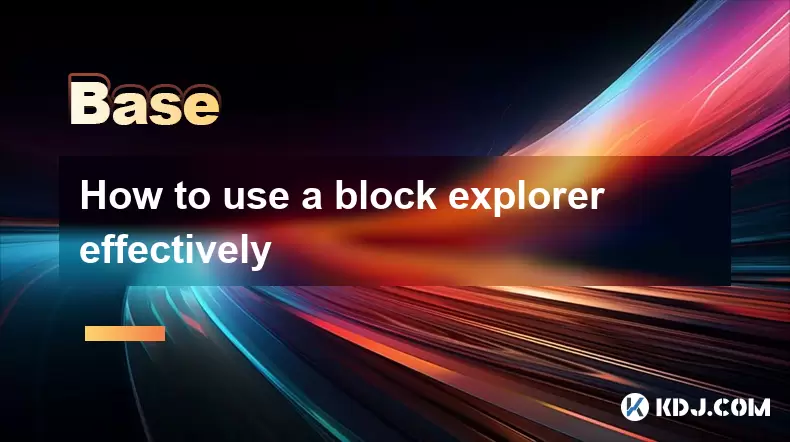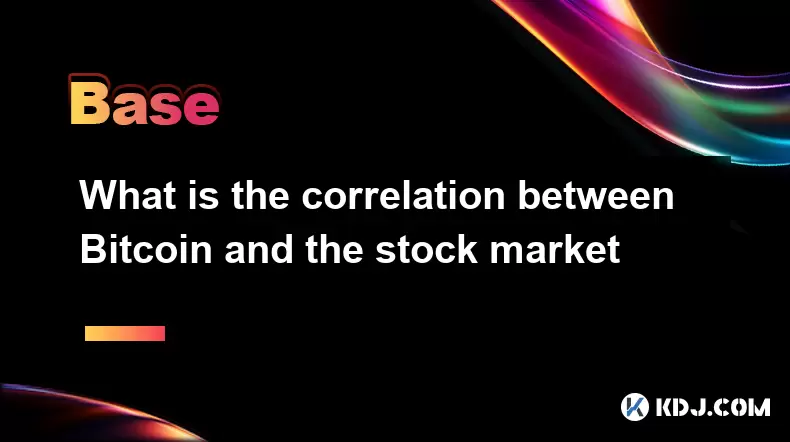-
 Bitcoin
Bitcoin $120400
1.77% -
 Ethereum
Ethereum $3615
7.90% -
 XRP
XRP $3.580
17.84% -
 Tether USDt
Tether USDt $1.001
0.06% -
 BNB
BNB $729.4
1.25% -
 Solana
Solana $179.9
5.04% -
 USDC
USDC $0.0000
0.01% -
 Dogecoin
Dogecoin $0.2311
8.22% -
 TRON
TRON $0.3226
4.04% -
 Cardano
Cardano $0.8490
12.85% -
 Hyperliquid
Hyperliquid $46.45
0.72% -
 Stellar
Stellar $0.4913
8.54% -
 Sui
Sui $4.027
2.00% -
 Chainlink
Chainlink $18.51
11.67% -
 Hedera
Hedera $0.2818
21.51% -
 Avalanche
Avalanche $24.03
7.40% -
 Bitcoin Cash
Bitcoin Cash $508.5
2.90% -
 Shiba Inu
Shiba Inu $0.00001496
3.24% -
 UNUS SED LEO
UNUS SED LEO $8.961
1.83% -
 Toncoin
Toncoin $3.264
3.13% -
 Litecoin
Litecoin $104.6
8.15% -
 Polkadot
Polkadot $4.389
6.11% -
 Uniswap
Uniswap $9.924
10.63% -
 Monero
Monero $337.9
0.49% -
 Pepe
Pepe $0.00001376
2.79% -
 Bitget Token
Bitget Token $4.830
2.46% -
 Ethena USDe
Ethena USDe $1.001
0.05% -
 Dai
Dai $1.000
0.02% -
 Aave
Aave $325.2
1.66% -
 Bittensor
Bittensor $423.7
-0.85%
How to use a block explorer effectively
A block explorer is a tool for searching and verifying blockchain transactions, addresses, and network activity, offering transparency into decentralized ledgers like Ethereum or Bitcoin.
Jul 17, 2025 at 06:00 am

What is a Block Explorer?
A block explorer is an online tool that allows users to search, verify, and analyze blockchain data. It functions similarly to a search engine for the blockchain, providing transparency into transactions, addresses, blocks, and network statistics. Each blockchain typically has its own block explorer, such as Etherscan for Ethereum or Blockchair for Bitcoin.
Understanding how a block explorer works is essential for anyone interacting with cryptocurrencies. Whether you're sending funds, verifying receipts, or auditing transactions, this tool gives you full visibility into the decentralized ledger system. By entering a transaction hash, wallet address, or block number, users can retrieve detailed information about any recorded event on the blockchain.
Navigating the Interface of a Block Explorer
The interface of a block explorer may seem complex at first glance, but it becomes intuitive once you understand its layout. Most explorers feature a search bar at the top where you can input various identifiers like transaction IDs (hashes), wallet addresses, or block numbers. Below the search bar, you’ll often find sections displaying the latest blocks, transactions, and network activity.
Key elements include:
- Latest Blocks: Shows recent mined blocks with details like timestamp, size, and miner.
- Recent Transactions: Lists incoming and outgoing transactions along with their confirmations.
- Address Information: When you enter a wallet address, it reveals balance history, transaction count, and associated contracts.
Each clickable item opens a new page with more granular data, including sender and receiver addresses, fees paid, gas used (in Ethereum-based networks), and the number of confirmations. The green-highlighted fields in these pages usually indicate verified or important data points, helping users quickly identify critical information.
Searching for Transactions Using a Transaction Hash
One of the most common uses of a block explorer is verifying a specific transaction using its transaction hash, also known as a TXID. This unique identifier is generated every time a transaction is broadcast to the network. You can obtain it from your wallet or exchange after sending or receiving crypto.
To look up a transaction:
- Copy the transaction hash from your wallet.
- Paste it into the search bar of the relevant block explorer.
- Click "Search" or press Enter.
You will then be taken to a detailed page showing:
- Sender and recipient addresses.
- Amount transferred.
- Network fee paid.
- Number of confirmations.
- Timestamp and block height.
If the transaction involves smart contracts or token transfers, additional details such as contract interactions and token events will be displayed. These green-highlighted contract calls are particularly useful when debugging dApp interactions or verifying token swaps.
Verifying Wallet Balances and Transaction Histories
Verifying a wallet’s balance or transaction history is another core function of block explorers. To check a wallet:
- Obtain the public wallet address.
- Paste it into the block explorer's search bar.
- Review the resulting page for balance, total transactions, and other metadata.
The results will show:
- Current balance of native coins (e.g., ETH, BTC).
- Total sent and received amounts.
- List of all associated transactions, each with timestamps and status.
For wallets involved in multiple transactions, especially those linked to exchanges or DeFi protocols, this view helps track inflows and outflows. If a transaction appears unconfirmed or delayed, checking the number of confirmations and gas price (on Ethereum-based chains) can help diagnose issues. A green-highlighted confirmation count above 12 for Bitcoin or 30+ for Ethereum generally indicates finality.
Analyzing Smart Contract Interactions
For users engaging with decentralized applications (dApps) or conducting token swaps, understanding smart contract interactions is crucial. Block explorers provide in-depth views into these automated agreements by showing the execution steps, logs, and internal transactions.
When viewing a transaction involving a smart contract:
- Look for the "Contract Interaction" section.
- Check the list of internal transactions, which may include token transfers or state changes.
- Review the logs and event emissions to see what functions were triggered.
Some explorers offer verified source code for popular contracts, allowing developers to audit the logic behind token standards like ERC-20 or ERC-721. Users can also see if a contract has been flagged for suspicious behavior or if it interacts with known services like Uniswap or OpenSea. These green-highlighted verification badges serve as trust indicators when dealing with unknown contracts.
Frequently Asked Questions
Can I use one block explorer for all blockchains?
No, each blockchain typically has its own dedicated block explorer. For example, Etherscan is used for Ethereum and compatible chains, while Blockchair supports Bitcoin and Litecoin. Some explorers, like Blockchair or Blockcypher, support multiple chains but may not provide the same depth as native explorers.
How do I know if a transaction is confirmed?
The number of confirmations listed next to a transaction indicates how many blocks have been mined since the transaction was included. On most networks, six confirmations are considered safe for Bitcoin, while Ethereum typically requires around 30 confirmations for finality.
Why does a transaction stay unconfirmed for a long time?
Transactions can remain unconfirmed due to low gas prices (on Ethereum) or low miner fees (on Bitcoin). During network congestion, miners prioritize transactions with higher fees. You can check the fee rate or gas price on the explorer to assess whether it was competitive at the time of submission.
What should I do if I sent crypto to the wrong address?
Unfortunately, blockchain transactions are irreversible. If you send funds to the wrong address, there is no built-in recovery mechanism. However, if the recipient is known or controls the address, they may choose to return the funds voluntarily. Always double-check addresses before confirming transactions.
Disclaimer:info@kdj.com
The information provided is not trading advice. kdj.com does not assume any responsibility for any investments made based on the information provided in this article. Cryptocurrencies are highly volatile and it is highly recommended that you invest with caution after thorough research!
If you believe that the content used on this website infringes your copyright, please contact us immediately (info@kdj.com) and we will delete it promptly.
- MEXC's Q2 Domination: Riding the Crypto Wave to Market Leadership
- 2025-07-18 18:30:12
- Caldera (ERA) Takes Flight: Binance Listing Ignites Crypto Surge
- 2025-07-18 19:10:13
- XRP & Ripple: Regulatory Progress Fuels a New York Minute Rally
- 2025-07-18 18:30:12
- Bitcoin, Crypto Wallets, and Security: Staying Safe in the Wild West of Digital Finance
- 2025-07-18 16:30:12
- Bitget Launchpool Heats Up with Caldera (ERA) Token Rewards!
- 2025-07-18 16:50:12
- XLM Bullish Chart: Analyst Sees Stellar Opportunity
- 2025-07-18 17:10:13
Related knowledge

What is the Bitcoin dominance index
Jul 12,2025 at 10:35pm
Understanding the Bitcoin Dominance IndexThe Bitcoin Dominance Index, often abbreviated as BTC.D, is a metric used to measure Bitcoin's market capital...

What is the Bitcoin dominance index
Jul 11,2025 at 04:29am
What is the Bitcoin Dominance Index?The Bitcoin Dominance Index is a metric used to gauge Bitcoin's market capitalization relative to the total market...

What is the correlation between Bitcoin and the stock market
Jul 18,2025 at 04:56am
Understanding the Correlation Between Bitcoin and the Stock MarketThe correlation between Bitcoin and the stock market has become a topic of increasin...

Can crypto be a hedge against inflation
Jul 14,2025 at 12:21am
Understanding the Concept of Hedging Against InflationInflation refers to the general increase in prices and fall in the purchasing value of money ove...

Can crypto be a hedge against inflation
Jul 12,2025 at 12:07pm
Understanding the Role of Blockchain in Decentralized Finance (DeFi)Blockchain technology serves as the backbone of decentralized finance, offering a ...

What are account abstraction wallets
Jul 13,2025 at 01:43am
Understanding the Concept of Account AbstractionAccount abstraction is a term frequently used in the Ethereum ecosystem, particularly within discussio...

What is the Bitcoin dominance index
Jul 12,2025 at 10:35pm
Understanding the Bitcoin Dominance IndexThe Bitcoin Dominance Index, often abbreviated as BTC.D, is a metric used to measure Bitcoin's market capital...

What is the Bitcoin dominance index
Jul 11,2025 at 04:29am
What is the Bitcoin Dominance Index?The Bitcoin Dominance Index is a metric used to gauge Bitcoin's market capitalization relative to the total market...

What is the correlation between Bitcoin and the stock market
Jul 18,2025 at 04:56am
Understanding the Correlation Between Bitcoin and the Stock MarketThe correlation between Bitcoin and the stock market has become a topic of increasin...

Can crypto be a hedge against inflation
Jul 14,2025 at 12:21am
Understanding the Concept of Hedging Against InflationInflation refers to the general increase in prices and fall in the purchasing value of money ove...

Can crypto be a hedge against inflation
Jul 12,2025 at 12:07pm
Understanding the Role of Blockchain in Decentralized Finance (DeFi)Blockchain technology serves as the backbone of decentralized finance, offering a ...

What are account abstraction wallets
Jul 13,2025 at 01:43am
Understanding the Concept of Account AbstractionAccount abstraction is a term frequently used in the Ethereum ecosystem, particularly within discussio...
See all articles

























































































